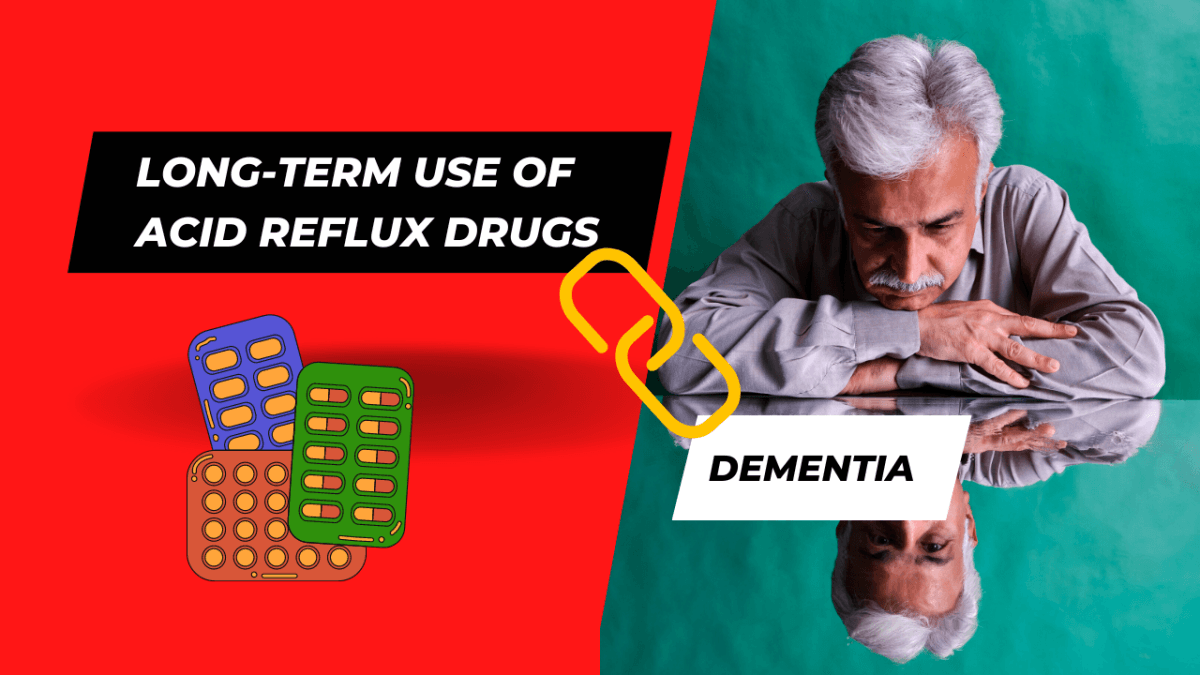When the human body experiences discomfort, it often sends out distress signals—akin to alarms blaring during a silent night. In recent years, the alarms surrounding acid reflux medications have garnered considerable attention, raising critical concerns about their long-term impact on bone health. Researchers have begun to illuminate a startling correlation: the use of proton pump inhibitors (PPIs) may significantly elevate the likelihood of fractures, likening the acquired dependency on these medications to navigating a treacherous cliffside, fraught with unexpected pitfalls.
Acid reflux, characterized by the regurgitation of stomach acid into the esophagus, is a prevalent ailment that has prompted many to seek respite through pharmaceuticals designed to suppress acidity. PPIs, the cornerstone of this therapeutic arsenal, work by inhibiting the proton pumps in the stomach lining. While these drugs provide immediate relief from symptoms of heartburn and discomfort, their prolonged use may predispose individuals to a variety of health concerns—most notably, an increased susceptibility to fractures.
The underlying mechanism is reminiscent of a chain reaction. The suppression of gastric acid reduces the absorption of essential nutrients, such as calcium and magnesium, both crucial for maintaining robust bones. Over time, the depletion of these minerals may lead to osteopenia, a precursor to osteoporosis, likened to an artist gradually erasing a masterpiece until only a faint outline remains. With dwindling bone density, the risk of fractures escalates, particularly in the hip, wrist, and spine—regions synonymous with vulnerability in the aging populace.
Alarmingly, studies have illuminated that even short-term use of PPIs, often considered benign, may be retrospective harbingers of more significant bone health issues. This juxtaposition between the immediate relief they provide and the latent consequences they incite draws parallels to a beautiful garden obscured by ominous weeds; it may appear flourishing at first glance, but hidden dangers lurk just beneath the surface. Elderly patients and postmenopausal women are especially at an elevated risk, posing a formidable dilemma for healthcare providers.
The allure of instantaneous relief must be tempered with a prudent evaluation of long-term health implications. A paradigm shift in perspective is required—patients and healthcare professionals alike must adopt a proactive approach, weighing the benefits of acid reflux management against the potential hazards confronting bone integrity. Exploring alternative therapies, coupled with lifestyle modifications, may serve as a more sustainable pathway, one that eschews reliance on pharmaceutical crutches.
In summary, the intricate dance between acid reflux medications and fracture risk uncovers a nuanced landscape. It beckons an urgent call to action: to seek holistic solutions that fortify rather than fragment. As the medical community delves deeper into this subject, it underscores the vital importance of safeguarding one’s skeletal architecture while navigating the complexities of digestive health. Indeed, a balance must be struck, ensuring that relief does not come at the expense of foundational health, for our bones, much like the earth itself, must remain steadfast against life’s tumultuous storms.
